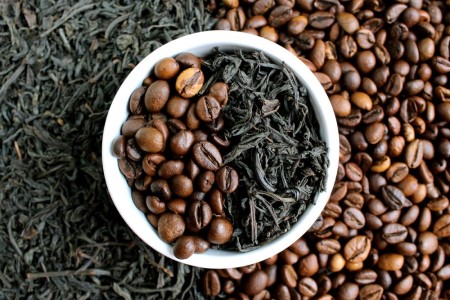Most dermatologists and nutritionists agree: There’s a link between the clarity of your skin and what you eat. Simply put, your skin is a reflection of your overall health, and if you eat a nutritious diet, your skin will reflect that.
As the school year kicks off and you get back into the swing of making lunches for yourself and your kids, it’s convenient to reach for pre-packaged, processed foods. But many of these foods are not only bad for your body, but they’re also bad for your skin.
The next time you pack a lunch, remember these five foods that cause acne — or worsen it — for you and your teen. Avoid them when you can to maintain a healthy glow all year long.
Dairy
Pasteurized cow’s milk and milk products contain a significant amount of hormones and other growth factors that can stimulate the skin’s oil glands and worsen acne. Milk proteins such as whey and casein are especially bad for breakouts. Skim milk replaces fat with these proteins to thicken the milk, so it’s especially high in these inflammatory proteins.
Avoid cow’s milk when you can, or try switching to raw or organic milk from grass-fed cows. You can also substitute almond milk or coconut milk for cow’s milk. Remember that cutting back on dairy doesn’t mean you have to give up calcium. Broccoli and leafy greens such as kale are packed with it!
Refined Sugar & High-Glycemic Foods
When your blood sugar spikes, your body produces insulin to help you absorb the sugar. This sudden influx of insulin can lead to increased sebum (oil) production, which can clog pores and cause breakouts. Eating smaller, more frequent meals and sticking to foods with a low glycemic index helps keep your blood sugar and insulin levels steady.
High-glycemic foods have added sugar and starch and include most junk and processed foods, including soda, pasta, white bread, candy, cookies, and potato chips. Dried fruits are also a refined carbohydrate high on the glycemic index.
Bottled juices are also a poor choice because they are high in sugar and have little to no fiber, which can cause blood sugar to spike. Water — and lots of it — is always the best choice for your health and your skin.
Bread
It’s sad but true… store-bought bread is a processed food that includes dairy, soy, and sugar. All three ingredients have been known to cause body and skin inflammation, which can lead to more breakouts. Rather than using bread to make a sandwich, get creative. Spinach tortillas, for example, are a great alternative and lack the soy, dairy and high fructose corn syrup found in most bread.
Chocolate
Studies have shown that when individuals with mild acne consume large amounts of 100% cacao chocolate, their acne typically worsens. But other studies have found that the link between eating chocolate and acne breakouts may not be as strong as once believed.
The truth is probably somewhere in between, but chocolate does include ingredients such as milk, sugar, and additives like vegetable oil and soy derivatives. If you’re going to include chocolate in your lunch, make sure it’s dark chocolate with as few additives as possible, and keep the portions small.
Caffeine
Sugar isn’t the only harmful ingredient in sodas and most carbonated beverages. Many are also packed with caffeine, a stimulant that can contribute to stress, sleep issues and digestion problems that can ultimately take a toll on your complexion.
Stress initiates adrenal glands’ production of cortisol, which triggers sweat glands to produce oil. Though the link between caffeine intake and acne has not been scientifically proven, the harmful effects of caffeine on the body are well known.
What to Eat Instead
So now you know to avoid the above foods that cause acne. But what should you eat? Your best bet for clear skin is to eat lots of colorful, antioxidant-rich vegetables, whole grains, legumes, fruits, and naturally raised meats. Fish rich in Omega-3 fatty acids such as salmon, tuna, and sardines are also a great choice, as Omega-3s control the production of sebum, which contributes to acne.
Not only is a diet of whole foods and Omega-3 fatty acids good for lunch, but it also significantly lowers your risk of heart disease by lowering triglycerides. Inflammation is reduced, which is great for your body, especially your skin.
“Although diet plays a role in acne and breakouts, changing what you eat is only part of a winning strategy for clear skin,” says Dr. Sital Patel of U.S. Dermatology Partners Mueller. “It can take a few months to see the effects of dietary changes, so be patient while your body readjusts.”
Simple lifestyle changes such as drinking plenty of water, getting lots of sleep, lowering stress levels, and fighting the urge to “pop” pimples and blemishes can also have a huge impact on your skin.
Looking to Visit a Dermatologist?
We have multiple locations throughout the country, so fill out our simple online form to get in touch with us. One of our local team members will reach out to you shortly to answer your questions or schedule an appointment for you to visit us soon.
Find a location near me
or







